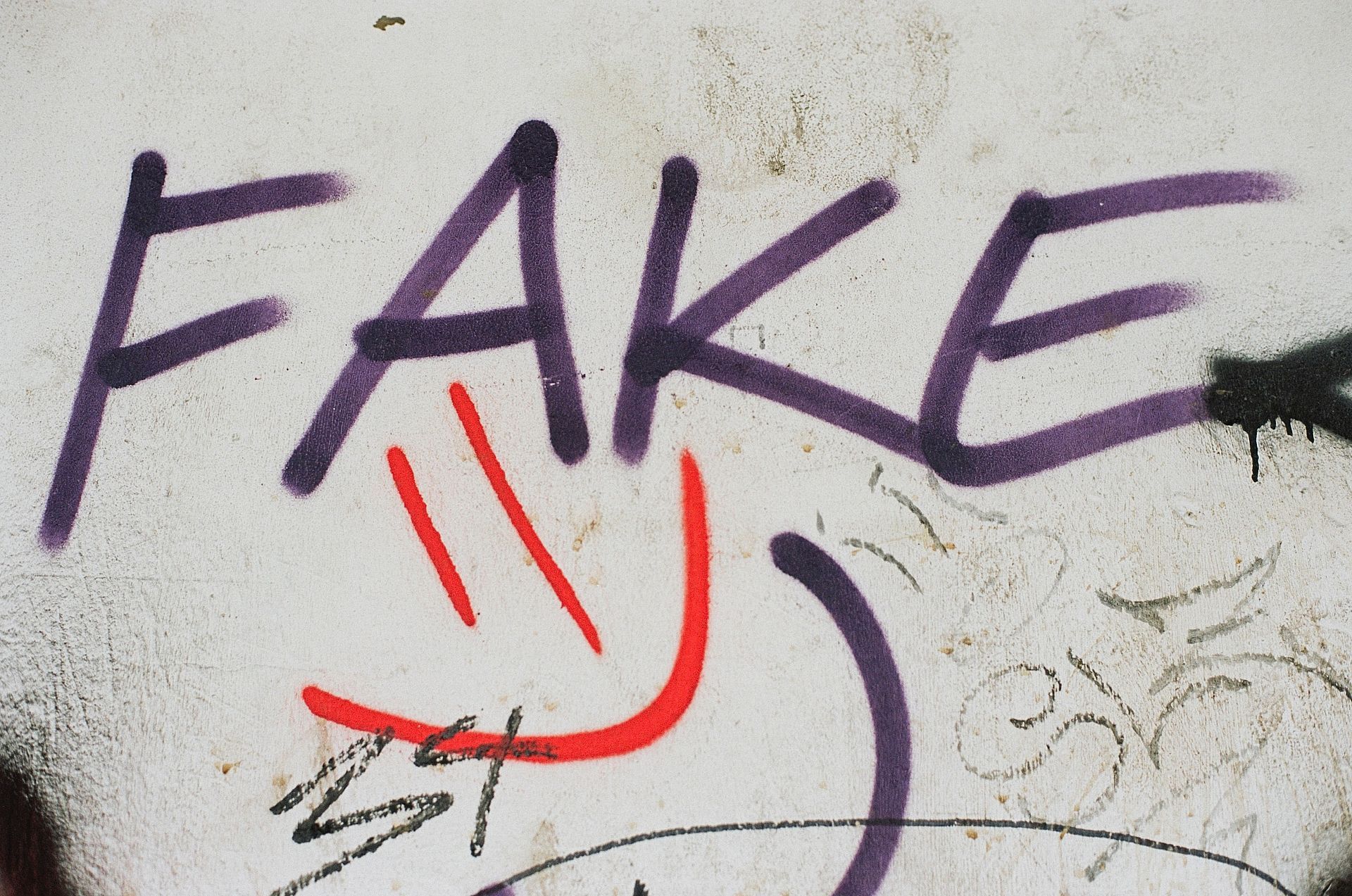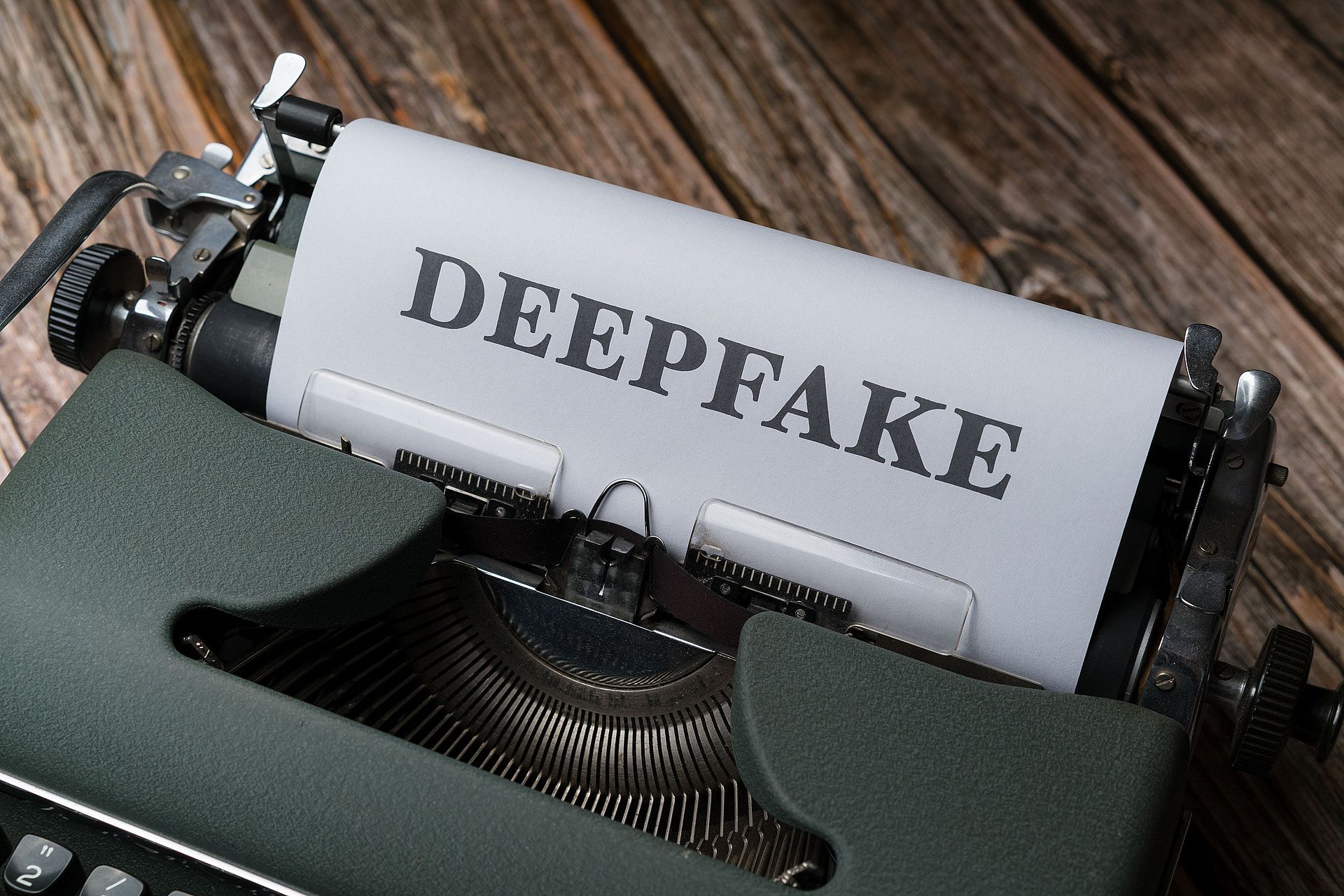The recent Rashmika Mandanna deepfake viral video controversy stands as a stark testament to the power of artificial intelligence to deceive and disrupt our lives. Imagine witnessing a viral video that appears to compromise the privacy of a beloved actress, only to discover that it’s an intricate web of AI-generated deception.
This article delves deep into the heart of the controversy that sent shockwaves through social media, unmasking the technology behind it and exposing the urgent need for regulation in the age of deepfakes. Join us on a journey to explore the intersection of technology, deception, and the quest for truth.

AI’s dark side: Rashmika Mandanna deepfake viral video
The Rashmika Mandanna deepfake viral video controversy is a notable incident that sheds light on the growing issue of deepfake technology’s misuse and its implications for privacy and cybersecurity. Let’s delve into the details of this controversy:
- The viral video: The controversy began when a video circulated on social media platforms, showing a woman who appeared to be Rashmika Mandanna. In the video, she was entering an elevator, dressed in a form-fitting black dress with a plunging neckline. The video quickly gained traction and was widely shared, sparking outrage and concern among the public.
- Initial outrage and speculation: As the video went viral, many people assumed that it was indeed Rashmika Mandanna and expressed their shock and disapproval. The video’s content, which seemed to compromise the privacy of the actress, contributed to the public’s emotional response.
- Debunking by Abhishek Kumar: The controversy took a turn when Abhishek Kumar, a journalist and fact-checker at AltNews, conducted a thorough investigation into the video. His findings were significant and revealed that the video was a deepfake. A deepfake is a form of manipulated media created using artificial intelligence (AI) techniques to superimpose one person’s face onto another’s body, making it look incredibly realistic. In this case, the woman in the video was not Rashmika Mandanna, but a British-Indian influencer named Zara Patel.
The original video is of Zara Patel, a British-Indian girl with 415K followers on Instagram. She uploaded this video on Instagram on 9 October. (2/3) pic.twitter.com/MJwx8OldJU
— Abhishek (@AbhishekSay) November 5, 2023
- Exposing the deepfake technology: Abhishek Kumar’s work shed light on the dangerous potential of deepfake technology to deceive and manipulate viewers. This technology can create convincing fake videos and images that are difficult to distinguish from reality, and it can be misused for various purposes, including spreading false information or compromising individuals’ privacy.
- Public reaction: Kumar’s revelation sparked widespread public condemnation of the alarming trend of deepfake videos. Many people expressed their concern about the potential for such technology to cause harm, especially when used to impersonate and defame individuals.
- Amitabh Bachchan’s involvement: Notably, the Bollywood actor Amitabh Bachchan joined the conversation, retweeting Abhishek Kumar’s post and demanding legal action against those responsible for creating and spreading the Rashmika Mandanna deepfake viral video. His involvement added prominence to the issue and brought it to the forefront of public awareness.
- Government response: Union IT Minister Rajeev Chandrasekhar also retweeted the post, emphasizing the government’s commitment to addressing misinformation and deepfake technology. He highlighted the legal obligations placed on platforms to ensure the timely removal of misinformation and the potential legal consequences for non-compliance.
- Broader implications: The controversy raised broader concerns about the misuse of AI technology, specifically deepfake technology. India’s Information Technology Minister, Rajeev Chandrashekhar, acknowledged the severity of deepfakes and emphasized the responsibility of social media platforms to prevent misinformation, warning that platforms failing to comply with these rules could face legal consequences under Indian law.
- Zara Patel’s Reaction: Interestingly, Zara Patel, the original woman featured in the Rashmika Mandanna deepfake viral video, appeared unperturbed by the situation. She humorously acknowledged the deepfake and the attention it garnered on social media, demonstrating her resilience in the face of the incident.
- Rashmika Mandanna’s stance: Indian actress Rashmika Mandanna has expressed concern over the recent deepfake video that went viral on social media, describing the incident as “extremely scary” and calling for action.

In conclusion, the Rashmika Mandanna deepfake viral video controversy is a stark reminder of the pressing need for legal and regulatory frameworks to combat the spread of deepfake content. This incident underscores the potential dangers and ethical concerns associated with deepfake technology, which can deceive and manipulate audiences and harm individuals’ reputations and privacy. It also highlights the growing awareness and concern surrounding the misuse of AI technology for malicious purposes.
Meta AI’s Stable Signature offers a new way to stop deepfakes
Dangers of deepfakes
Deepfakes, while a remarkable testament to the capabilities of modern AI technology, pose a significant and multifaceted danger to individuals and society at large. Firstly, the most immediate danger is the potential for character assassination and privacy invasion. Deepfake videos and images can convincingly depict individuals in fabricated situations or saying things they never did. This can be used to damage reputations, create scandals, or extort individuals, leading to real-world consequences ranging from loss of employment to damaged relationships and even personal safety concerns. In the era of social media, where information spreads rapidly, the impact of such deception can be both swift and severe.
Secondly, deepfakes undermine trust in visual and audio evidence, which is crucial in journalism, the legal system, and other critical fields. With the rise of deepfake technology, it becomes increasingly difficult to discern between authentic and fabricated content, eroding trust in the media and legal proceedings. This not only hampers the pursuit of truth but also opens the door for disinformation campaigns and political manipulation. In a world already grappling with misinformation and “fake news,” deepfakes compound the problem by making it challenging to distinguish between genuine and manipulated content, ultimately threatening the foundations of our democratic systems and societal trust. As such, the danger of deepfakes extends beyond personal harm to the very fabric of truth and trust in our interconnected world.
Featured image credit: Steve Johnson/Pexels





